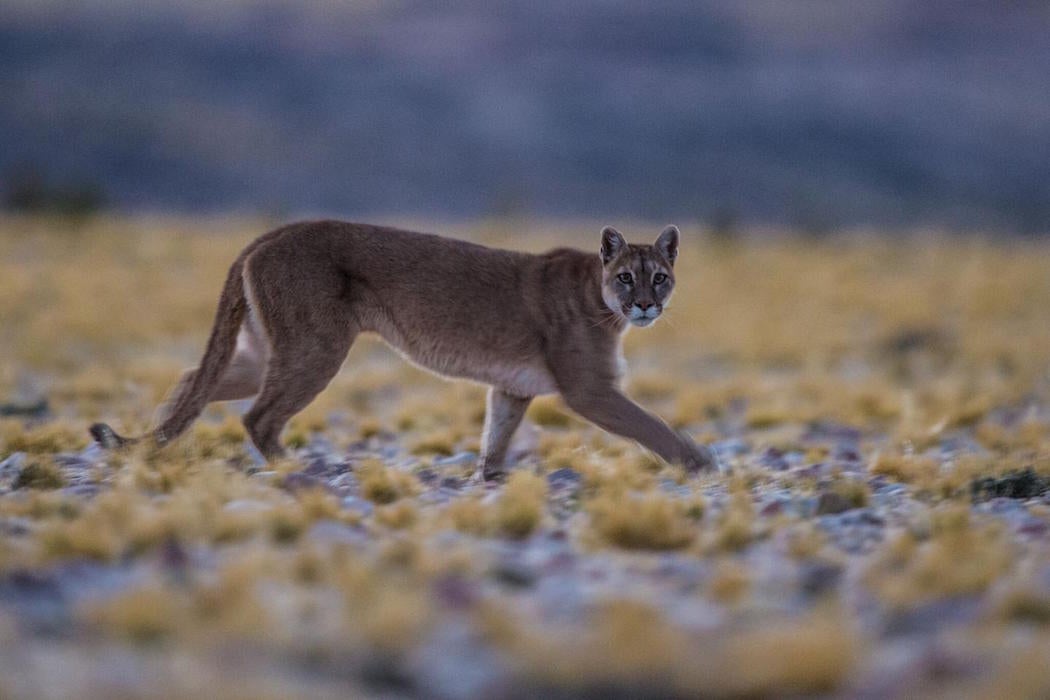In the recent past, alligators, wolves, leopards, mountain lions, and other large predators have been increasingly spotted in places where people didn’t expect them. Thanks to conservation efforts, these large predators—vital to their ecosystems and previously hunted nearly to extinction—are rebounding. But that also means that humans may find themselves face to face with them more often.
Nobody anticipated that new development. Scientists expected that when these predators rebounded, they would expand their ranges and venture into new land in search of food. People didn’t really think that the animals would try to return to the lands now occupied by humans. But a new study by Brian Silliman, associate professor of marine conservation biology at Duke’s Nicholas School of the Environment, and his colleagues, found otherwise. Silliman and his team syndicated data from several recent scientific studies and government reports. They found that alligators, sea otters, river otters, gray whales, gray wolfs, mountain lions, orangutans and bald eagles, among other large predators are increasingly expanding their habitats, some of which are encroaching on human locales.
“We can no longer chalk up a large alligator on a beach or coral reef as an aberrant sighting,” said Silliman. “It’s not an outlier or short-term blip. It’s the old norm, the way it used to be before we pushed these species onto their last legs in hard-to-reach refuges. Now, they are returning.”
It could be because the species are now coming back to the historical territories they occupied before humans pushed them out. Or it could be because they are simply expanding their areas. Mountain lions have been sighted miles away from the nearest mountains, and killer whales, which are marine mammals, have been observed in freshwater rivers. In some cases these expansions triggered other changes. For example, as leopards increased in numbers in parts of Western Africa, the baboons that grew accustomed to feeding on farmers’ crops had to retreat into forests to feed on tree leaves and fruits.
Humans assume that alligators love swamps, sea otters need saltwater kelp forests, and marine mammals prefer polar waters, Silliman says, but the animals have proven to be far more resourceful than we give them credit for. “Now that they are rebounding, they’re surprising us by demonstrating how adaptable and cosmopolitan they really are,” he says. For example, Florida’s freshwater alligators now hunt in seawater for days at a time, and then come to freshwater swamps bellyful to detox from salt.

Perhaps it shouldn’t surprise us. People often underestimate how adaptable wild creatures are and how efficiently they can utilize their environments. Red foxes have made Bristol their home, coyotes have mastered urban living in Chicago, as have the Windy City raccoons.
Overall, Silliman says that these findings are a good sign. It means that threatened species can adapt to a greater variety of habitats and increase their survival chances.
But if beach-goers can expect alligators crawling onto the sand and African farmers need to be leery of leopards in their fields, have we gone too far? Is there a way for humans to co-exist with wildlife without resorting to exterminations we exercised in the past?
In a way, we already co-exist with wildlife, Silliman says. Inside nature preserves, the animals enjoy protected status, but outside of these parks humans take precedence, and offending animals are removed.
Perhaps the better way to handle it is to drop the existing philosophy of human-wildlife conflict and adopt the concept of human-wildlife benefits, Silliman says. For example, when baboons retreated onto the trees, farmers’ children no longer had to stay in the fields to shoo the pests from the crops. That reduced the rate of parasite infection in children. In India, leopards venturing into the cities hunted feral dogs, bringing down rabies. In one long complex ecosystem chain, rebounding California sea otters helped sustain fish stocks by restoring sea grass destroyed by algae overgrowth fueled by agricultural runoffs. The predators brought down the population of crabs that had decimated sea slugs, which fed on algae. The sea slugs proliferated, chowed down the algae, which let the depressed sea grass regrow, providing breeding grounds for fish.
So yes, alligators on coastal beaches may become common and we will have to learn to deal with it. “Ultimately, we all have to co-exist on this planet,” Silliman says. “And we can use our knowledge to maximize this co-existence.”







